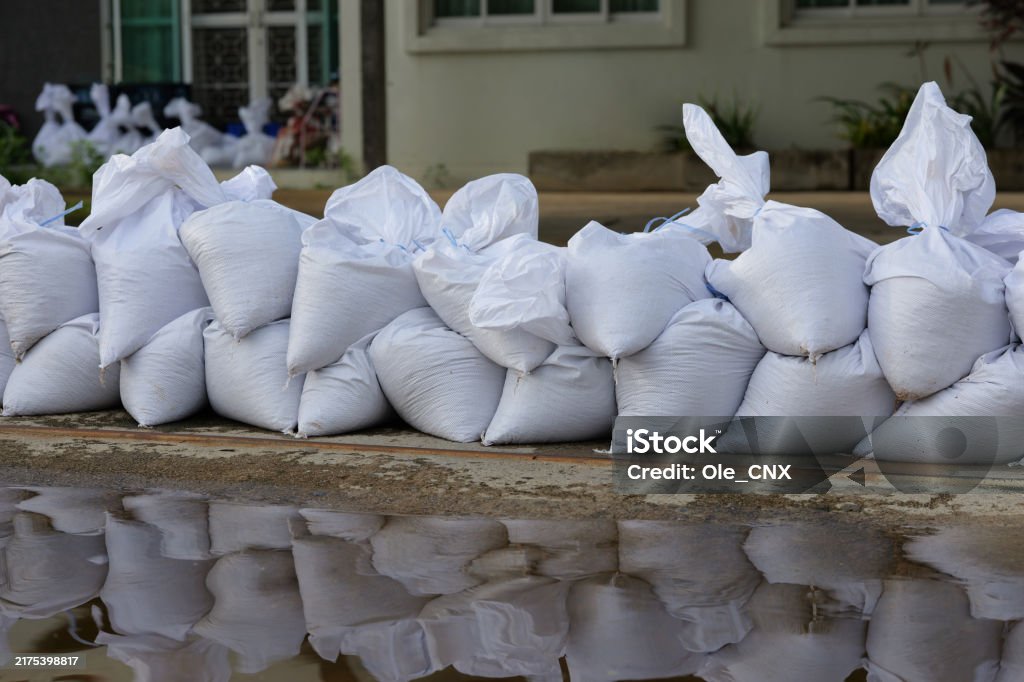
Hazard Mitigation
Building Resilience, Reducing Risk.
What is Hazard Mitigation
Hazard mitigation refers to actions taken to reduce or eliminate the long-term risks and impacts of disasters, such as floods, wildfires, and earthquakes. The goal of hazard mitigation is to protect lives, property, and the environment by reducing the severity of potential hazards before they occur.
Some common hazard mitigation strategies include:
- Strengthening building codes and retrofitting structures
- Creating flood control systems like levees and drainage improvements
- Developing wildfire prevention measures such as controlled burns
- Implementing zoning laws to prevent construction in high-risk areas
- Investing in early warning systems and public education campaigns
Hazard mitigation is a key part of emergency management, helping communities become more resilient and better prepared for future disasters.
Hazard mitigation reduces costs by minimizing the damage and financial losses caused by disasters. Every dollar spent on mitigation can save multiple dollars in recovery and rebuilding expenses.
Here’s how it helps:
- Prevents Property Damage – Strengthening buildings, improving drainage, and enforcing building codes reduce the need for costly repairs after a disaster.
- Reduces Emergency Response Costs – Mitigation measures, like fire-resistant landscaping or flood barriers, decrease the severity of disasters, reducing the need for expensive emergency response efforts.
- Lowers Insurance and Liability Costs – Homes and businesses in safer areas or built to withstand hazards often have lower insurance premiums, saving money in the long run.
- Protects Infrastructure – Roads, bridges, and utilities built to withstand hazards require fewer repairs, saving taxpayer money on public works.
- Decreases Business Interruptions – By preventing damage, businesses can continue operations with minimal disruption, reducing economic losses.
- Reduces Human Costs – Fewer injuries and fatalities mean lower medical expenses, worker compensation claims, and long-term economic impacts.
Overall, investing in hazard mitigation leads to long-term financial savings and stronger, more resilient communities.